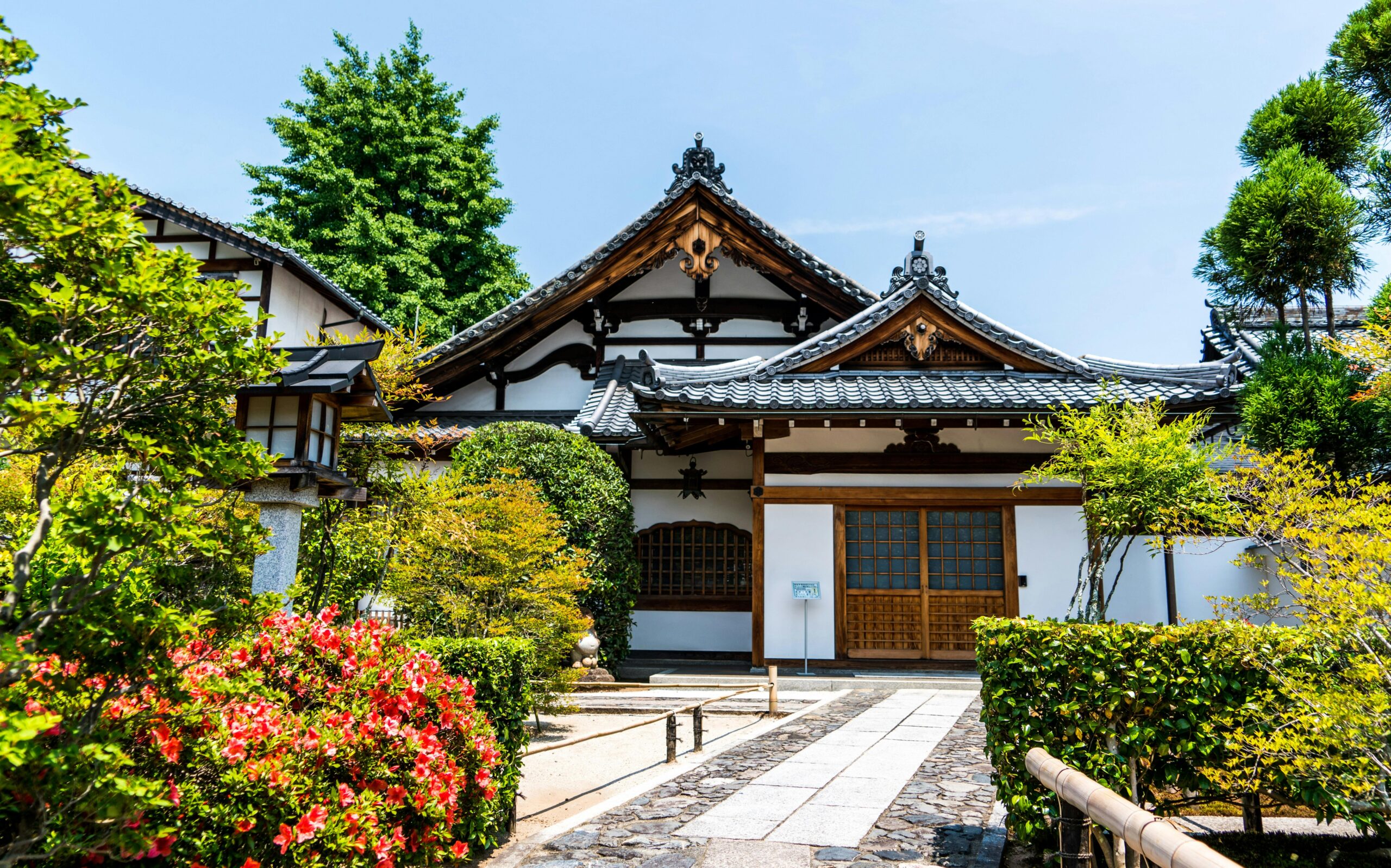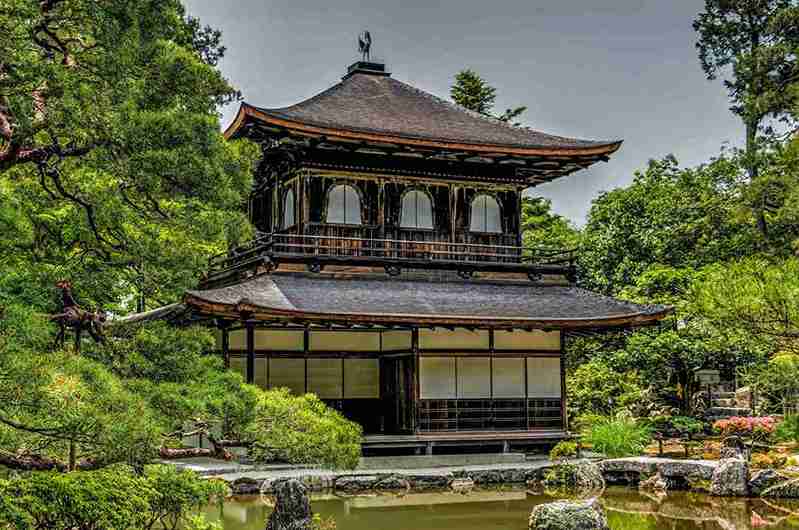The amount of time you spend at izenkōji temple, located in the serene wilderness of Japan, will depend on how much you want to immerse yourself in the perfect combination of natural significance, history, and unrivalled beauty. This Buddhist sanctuary attracts both local residents and international travellers seeking a tranquil escape from busy daily life with its impressive design, extensive gardens, and serene atmosphere.
For certain visitors, effectively managing finances is crucial when considering Izenkōji Refuge’s duties. Determining the best duration for your visit ultimately depends on your habits and schedule.
A Short History of Izenkōji Place of refuge
Izenkōji Place of Sanctuary has existed for over 1,000 years and plays a significant role in Japan’s cultural and religious past. It emerged in the Heian era and is renowned for its connection to Japanese Buddhism. The sanctuary holds several enormous curiosities, statues, and ancient artefacts, many of which have been given as friendly gifts.
Izenkōji Retreat’s fundamental design reflects traditional Japanese aesthetics. It features ornate pagodas, intricately carved wooden gates, and centuries-old well-preserved gardens. It is both a revered site and a repository of historical and artistic value, suggesting that visitors interested in culture and history should consider dedicating more time to exploring the Izenkōji temple.
Must-See Features at Izenkōji Place of Refuge
Before determining how much time to dedicate to Izenkōji Haven, it’s important to know the must-see attractions. Next, we will discuss some key factors that are likely to affect the duration of your tour.

a. The Key Vestibule (Hondō)
The Essential Division is the spiritual core of Izenkōji Haven. This large wooden structure contains a huge Buddha figure and is a gathering place for camaraderie. Visitors typically add their energy here by requesting, pondering, or simply admiring the architectural beauty.
b. The Pagoda
Another essential structure at Izenkōji Shelter is the unique pagoda. Every tier reflects a different aspect of Buddhist philosophy, while the intricate carvings depict ancient tales. The pagoda provides a stunning view of a gateway, with the surrounding area being peaceful, making it an ideal place to contemplate while visiting the Izenkōji temple.
c. The Nursery
The nursery at Izenkōji Place of Refuge is a prime example of traditional Japanese landscape design. It focuses on lakes, stone lanterns, bonsai trees, and meticulously arranged rocks, all relating to elements of Buddhist designs. The nursery is a perfect spot for visitors to relax and appreciate nature’s beauty, with many guests extending their stay.
d. The Haven Grounds and Ways
The entire sanctuary area is dotted with paths that lead to additional small sacred areas, designs, and cleaned spaces. Walking along these paths can be a transformative experience for individuals who enjoy exploring at their own pace. This evaluation can easily enhance your experience at the sanctuary, especially if you take the time to appreciate every detail.
e. Social Shows and Antiques
Various visitors also exert effort in exploring the cultural artefacts exhibited in the authentic core of the sanctuary, such as areas. These programs provide more information on the legitimate establishment of Buddhism in Japan and the evolution of the traditional shrine.
how long to spend at izenkōji temple
Time-sensitive Designs for Izenkōji Place of Refuge
The duration of your stay at Izenkōji Place of Refuge depends on your needs, how quickly you make decisions, and the additional activities you want to participate in. Next, upcoming suggestions will be presented based on various time frames.
a. Short Visit (1-2 Hours)
If you are short on time, a visit lasting 1-2 hours can provide a brief yet insightful look at the significance and powerful atmosphere of Izenkōji Sanctuary.
Proposed plan:
Begin your journey at the Vital Corridor (Hondō), where you can admire the vast atmosphere and marvel at the Buddha statue.
Explore the Pagoda without exerting any effort to admire its design.
Stroll through the nursery, taking a moment to relax on one of the benches and enjoy the peaceful surroundings of the izenkōji temple.
Conclude by taking a brief walk around one of the sanctuary’s main pathways before returning.
This plan is perfect for travellers with limited time or those making a quick visit while exploring the merging region.

b. Half-Day Visit (3-4 Hours)
For a clearer experience, a 3-4 hour visit allows you to explore the sanctuary while considering other nearby attractions thoroughly.
Proposed plan:
Start by effectively managing finances at the Core Department, understanding the details internally,, and observing ongoing partnerships or strengths.
After visiting the Pagoda, visit the garden to explore the various areas and take photos.
Explore the lesser-known paths through the sanctuary grounds, visit more humble shrines, and enjoy the usual scenery.
If available, attend a brief evaluation meeting or attend a lunch service.
This plan is ideal for travelers who want to balance social evaluation with relaxation and contemplation.
c. Entire Day Visit (5-6 Hours)
This is perfect for history fans, visual content experts, or adventurers seeking a peaceful and intelligent outing.
Proposed plan:
Begin your day with a more expanded thought collection or a scheduled visit to a place of refuge (confirm plans with the place of refuge immediately).
Allocate sufficient time to explore the Main Lobby, the Pagoda, and other important attractions.
Devote additional time to the garden entrance, perhaps bringing a book or sketchpad to enjoy the tranquillity fully.
If the sanctuary’s tea house is open, you can dine at a nearby eatery or enjoy a traditional meal there.
During the early evening, examine the exhibition or social performances, exploring the artifacts on display.
Explore the refuge’s paths further to discover amazing views and peaceful areas for reflection.
This plan is designed for individuals who wish to make the most of their visit and fully immerse themselves in the rich cultural and social experience offered at Izenkōji Place of Refuge.
how long to spend at izenkōji temple
Factors to Consider When Planning Your Visit
To determine the appropriate length of time to spend at Izenkōji Shelter, consider the following factors:
Your Propensities: Have you ever claimed to be more fascinated by history? Is the rarity linked to the quality of the planning or its characteristics? To fully enjoy everything, be sure to plan a longer stay.
Season: The quality of the sanctuary location varies based on the time of year. During clear months, nurseries may ask for more of your concept. Especially during cherry blossom season or harvest time when the leaves are at their peak.
Swarms: If you happen to be visiting during peak tourist seasons, a more significant investment may be necessary to explore and fully immerse yourself in the tranquillity of the sanctuary.
Remarkable Occasions: At times, the sanctuary may have festivities, intense group activities, or special events that can be enchanting but may also prolong your stay.
Accessibility
- Transportation Options: Think about your means of reaching the temple. During busy times, public transportation may require more time, so
- Walking Paths: Walking is required on the temple grounds. If you want to explore fully, ensure you are ready for rough terrain.
Visitor Amenities
- Restrooms and Facilities: Check for available amenities like restrooms, water fountains, and seating areas to plan breaks during your visit.
- Guided Tours: Look into the availability of guided tours, which can provide deeper insights and enhance your experience.
Photography Policies
- Photography Restrictions: Be aware of any restrictions regarding photography, especially in sacred areas. Respect the rules to maintain the sanctity of the site.
Close-by Attractions to Investigate
In the event that you have extra time understanding visit Izenkōji Place of Refuge, contemplate exploring these close-by attractions:
Neighbourhood Ordinary springs: Relax at a traditional Japanese onsen (natural hot spring) located near the retreat.
Irrefutable Towns: Exploring bustling towns that offer a brief glimpse into Japanese culture’s way of life.
Practical methods for exploring Izenkōji Sanctuary
Opening times: Truly investigate the actual location or community information of the refuge’s site for important operating hours. Particularly if you intend to come during a holiday.
Dress Unnoticeably: Because it is a formal location, it is important to dress appropriately, ensuring shoulders and knees are covered.
Composed Visits: If you truly want a full impression of the place, consider participating in a guided tour to explore the significance and various experiences offered by a sanctuary’s program.

Better Times Of Year To Visit Izenkōji Temple
The timing of your visit will also impact the duration of your stay at Izenkōji Temple. Spring and autumn are popular seasons, with gardens in full bloom and stunning surrounding scenery. The quieter time is found in the early and late afternoons. A cozy ambiance that frequently motivates guests to prolong their visit and enjoy the temple during its calmest moments.
Additional Attractions Around Izenkōji Temple
If you have the time, you can enhance your visit by exploring the areas near Izenkōji Temple. Many nearby points of interest, such as temples and picturesque hiking trails, further allow you to explore the area’s culture and natural beauty.
Nearby Shrines
Several enchanting shrines can be reached briefly from the temple premises. These lesser-known treasures often offer a more private experience, ideal for individuals seeking to avoid the usual tourist routes. Exploring these nearby locations could effortlessly extend your schedule by an hour or more.
Local Shops And Tea Houses
For individuals interested in expanding their stay past the temple, traditional stores and tea houses are nearby, where you can savor Japanese treats and tea. These locations offer a great chance to unwind and contemplate your trip while experiencing local traditions and food. Visiting these places briefly can improve your overall experience, extending your trip by an hour.
Conclusion
What is the recommended duration for a visit to Izenkōji Temple? The success of a sanctuary relies on your individual abilities and the commitment you invest in participating in its initiatives.It makes no difference whether you only have a couple of hours or the whole day. Izenkōji Place of Refuge offers a tranquil and transformative experience that will have a lasting impact.
How long do people spend at Uluwatu Temple?
Typically 1-2 hours, but up to half a day if you explore nearby beaches and enjoy the sunset.
How long to spend in Hualien?
2-3 days is ideal to explore Taroko Gorge, local attractions, and enjoy the coastline.
How long to spend in Kiyomizu Dera?
1-2 hours for a quick visit; 2-3 hours if you want to explore the surrounding area and shops.
Is kinkakuji worth going?
Indeed, Kinkaku-ji is worth a visit due to its impressive architecture, lovely gardens, and peaceful ambiance. It is one of the most famous symbols of Kyoto!
Do you need to book kinkakuji?
No, you don't need to book tickets in advance for Kinkaku-ji; you can buy them on-site. However, visiting early in the day can help avoid crowds.
How to avoid monkeys at Uluwatu Temple?
In order to prevent monkeys from causing trouble at Uluwatu Temple, make sure to secure your belongings, refrain from feeding them, and avoid bringing any food or shiny objects. Stay alert of the area around you, and maintain a secure distance.
Can I wear slippers to Uluwatu Temple?
It is acceptable to wear slippers at Uluwatu Temple, however, it is recommended to opt for ones that are both stable and cozy for walking around the rough paths.
Is it worth going to Uluwatu Temple?
Yes, Uluwatu Temple is worth visiting for its stunning cliffside views, beautiful architecture, and cultural performances, especially the sunset Kecak dance.
Is Tainan worth visiting?
Indeed, Tainan is a destination worth exploring due to its abundant historical sites, tasty street cuisine, ancient temples, and lively night markets. It is seen as the cultural hub of Taiwan!
